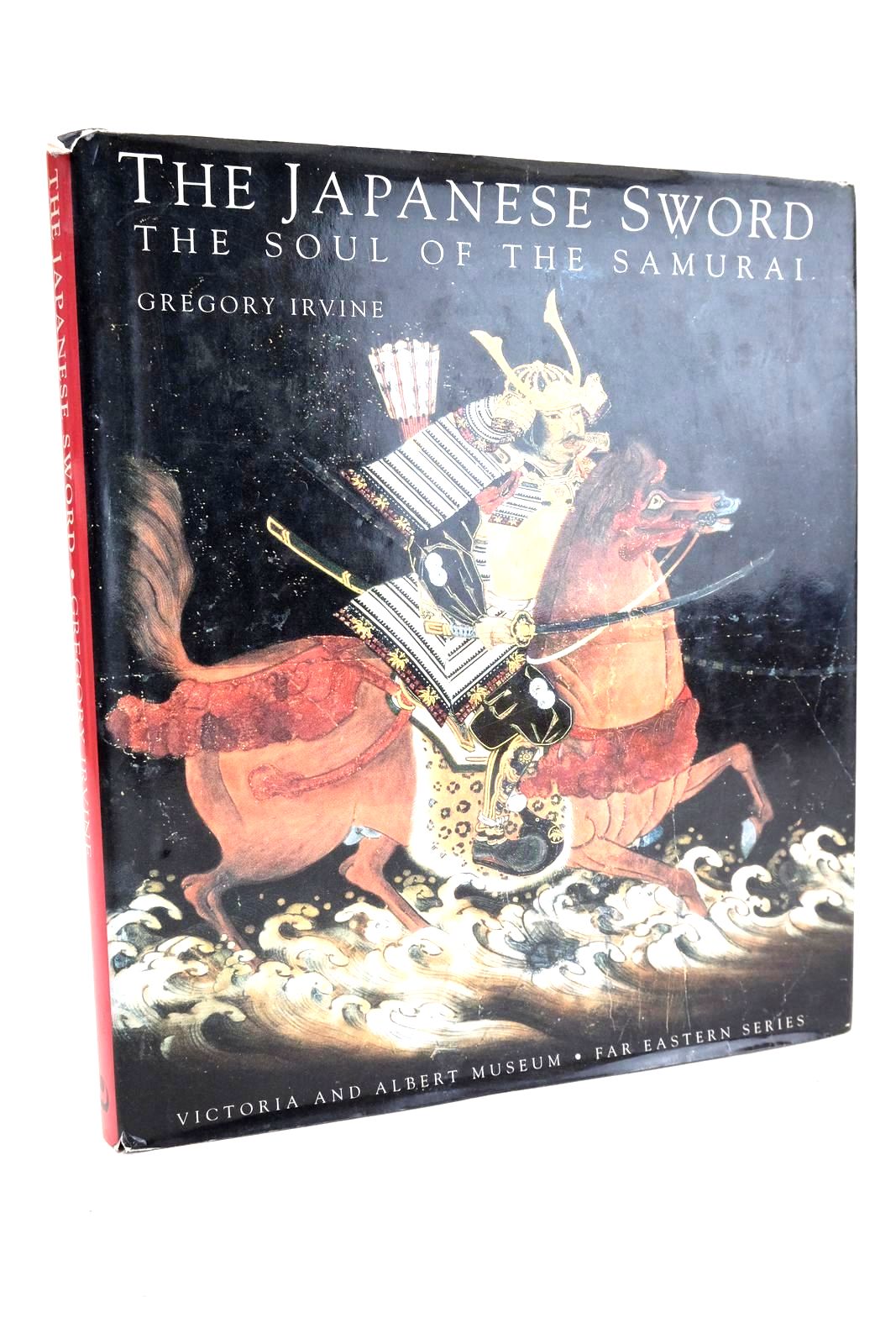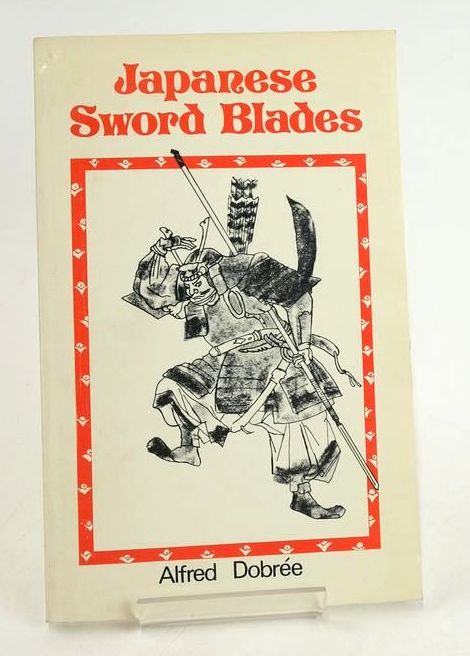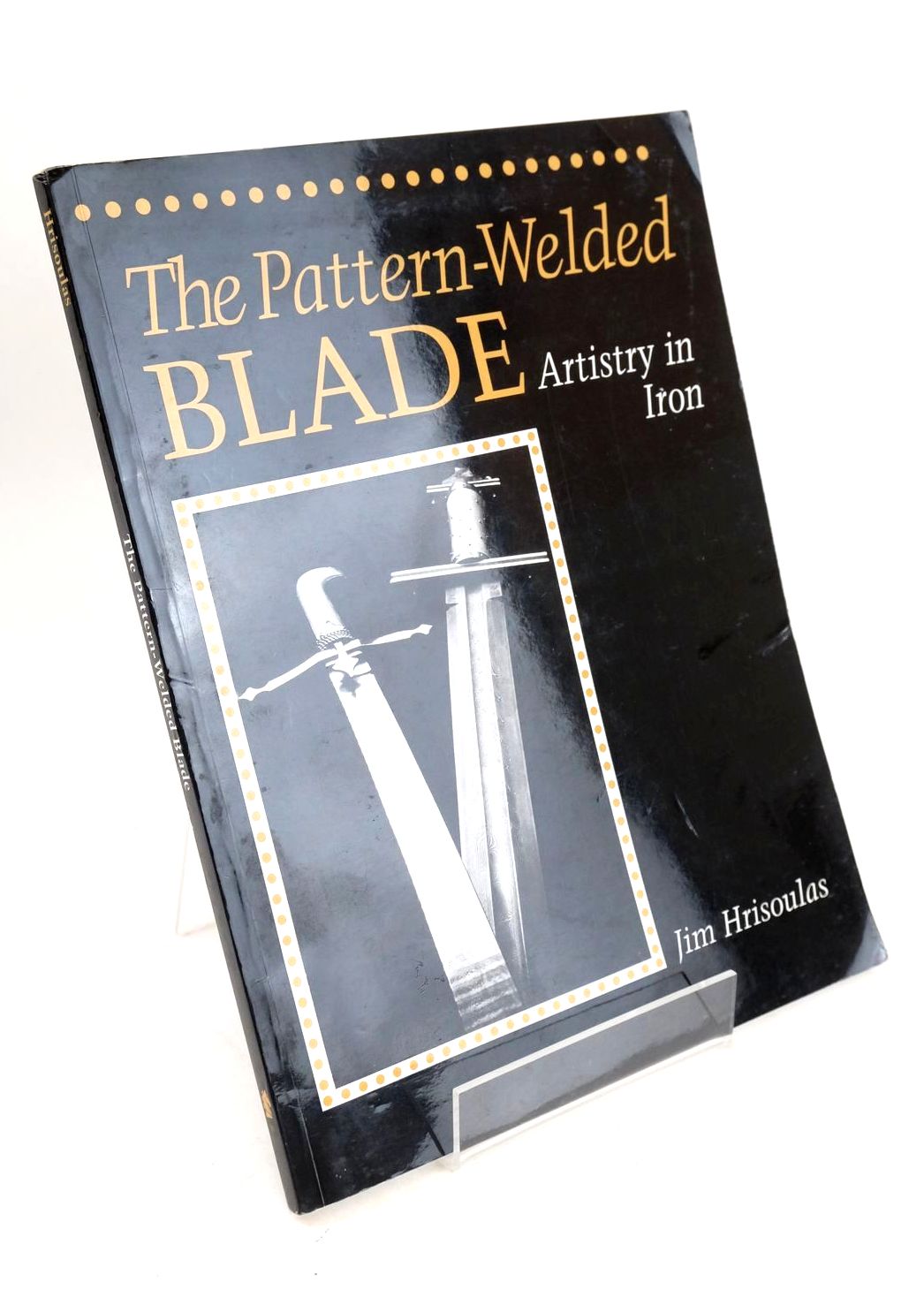Swords
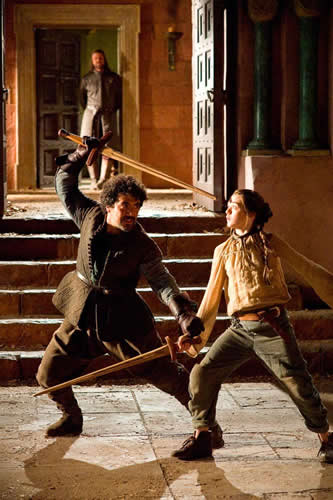 View current stock of Swords books
View current stock of Swords books
“Never give a sword to a man who can't dance” - Confucius
The sword has been referred to by many as the “Queen of the Weapons” and certainly not without merit. Throughout the ages, the sword possessed beauty in the many forms it took and in the art with which it was adorned. It took skill and a sophisticated knowledge to make a sword and also, it took a lot of skill, knowledge, practice and co-ordination to wield that sword efficiently.
We have quite a collection of swords at home, I am not entirely sure why or how we have acquired most of these to be honest, but at the last count we have a Roman Gladius, two fencing swords, one Tai Chi sword, one wooden practice sword, a metal replica Mediaeval sword and an assortment of foam rubber and plastic 'toy' swords! Most we have on display in some way or another as they do have a certain aesthetic appeal and the toy swords usually get an airing in the summer when my husband and I get it into our heads that it would be fun to stage a theatrical sword fight... and then quite quickly regret it when one of us gets mortally wounded! A recent tidy up and subsequent re-discovery of many of our swords wedged behind bookcases and crammed into umbrella stands; combined with a slightly worrying recent addiction to the TV series 'Game of Thrones', prompted me to investigate further the fascinating history of this 'Queen of Weapons'.
The sword has an extremely long history and has evolved into many forms across the globe . As a result it can be classified and grouped into many groups and subgroups. The word sword comes from the Old English - meaning 'to wound' or 'to cut' – a weapon developed mainly for inflicting cutting wounds; although stabbing was also important (especially in Roman times and Europe), the sword is often attributed to old world civilizations and the peoples who inherited the weapon. The sword was one of the main weapons in Egypt, Africa, Chaldea (a marshy land located in south eastern Mesopotamia which came to rule Babylon), Asia, pre-Hellenic Greece, Rome and Europe.
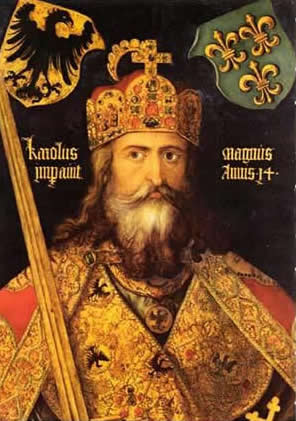 There have been many famous swords throughout history – both real and fictional - appearing in mythology from India to Vietnam, and Egypt to Japan and taking a wide range of forms from 'Joyeuse' the sword of Charlemagne described in the 11th century Song of Roland as:
There have been many famous swords throughout history – both real and fictional - appearing in mythology from India to Vietnam, and Egypt to Japan and taking a wide range of forms from 'Joyeuse' the sword of Charlemagne described in the 11th century Song of Roland as:....wearing his fine white coat of mail and his helmet with gold-studded stones; by his side hung Joyeuse, and never was there a sword to match it; its colour changed thirty times a day.”
to 'Vajra', the lightening bolt sword of Indra, the Hindu god of rain and thunderstorms, wielded whilst riding a white elephant.
Other famous fictional swords include:
-
* Hrunting - Beowulf's sword, given to him by Unferth
-
* The Vorpal Sword - in Lewis Carroll's The Jabberwocky
-
* The Sword of Gryffindor - in the Harry Potter series of Books by JK Rowling
-
* Green Destiny – Crouching Tiger, Hidden Dragon
-
* Bat'leths - ceremonial swords of the Klingon race in Star Trek
-
* Arya Stark's 'Needle' in A Song of Ice and Fire
… and of course who could forget the Power Rangers' Sword of Darkness and the Pokemon Sword of Justice!
Even 'The Iron Throne' in the series of fantasy books 'A Song of Ice and Fire' by George R R Martin, constructed by Aegon Targaryen, the first king of the Seven Kingdoms was made from the swords surrendered by his enemies. It is supposed to have taken a thousand blades to make!
The first sword appeared during the Bronze Age. It was made of copper and was uncovered at the Harappan sites in present-day Pakistan. By the Middle Ages iron and steel swords were being mass produced and used in battle. Soldiers were trained in swordsmanship and prepared for combat. It was before the era of guns and high powered artillery, when face to face fighting was the norm. During this time in history, all of the royal generals, kings, and emperors owned personal swords. These weapons were manufactured by the greatest sword makers of the time. Many historical manuscripts document events surrounding significant swords.
 Tomoyuki Yamashita was a general of the Japanese Imperial Army during World War II and became known during the war after conquering the British colonies of Malaya and Singapore, ultimately earning the nickname “The Tiger of Malaya.” During his military career, Tomoyuki Yamashita owned a personal sword that contained a blade manufactured by famous sword maker Fujiwara Kanenaga sometime between 1640 and 1680. The weapon had its handle remade in the early 1900s. The Samurai sword was surrendered by General Yamashita, along with his army, on September 2, 1945.
Tomoyuki Yamashita was a general of the Japanese Imperial Army during World War II and became known during the war after conquering the British colonies of Malaya and Singapore, ultimately earning the nickname “The Tiger of Malaya.” During his military career, Tomoyuki Yamashita owned a personal sword that contained a blade manufactured by famous sword maker Fujiwara Kanenaga sometime between 1640 and 1680. The weapon had its handle remade in the early 1900s. The Samurai sword was surrendered by General Yamashita, along with his army, on September 2, 1945.
In 1799, Napoleon Bonaparte became the military and political leader of France after staging a coup d’état. Five years later the French Senate proclaimed him emperor. In the first decade of the 19th century Napoleon and the French Empire were engaged in conflict and war with every major European power. On the battlefield Napoleon carried a pistol and a sword. He owned a large collection of arms and artillery. His weapons were one of a kind and included the best materials. In the summer of 2007, a gold-encrusted sword that once belonged to Napoleon was auctioned off in France for more than 6.4 million dollars. The sword was used by Napoleon in battle. In the early 1800s, Napoleon presented the weapon to his brother as a wedding gift and it was passed down from generation to generation, never leaving the Bonaparte family. In 1978, the sword was declared a national treasure in France.
The Sword of Mercy is a famous weapon that once belonged to Edward the Confessor. Edward the Confessor was one of the last Anglo-Saxon kings of England before the Norman Conquest of 1066. Shortly after Edward the Confessor’s death, the Normans began to expand into England, led by the infamous William the Conqueror. The Sword of Mercy has a broken blade, which is cut off short and square. In 1236, the weapon was given the name curtana and has since been used for royal ceremonies. In ancient times it was a privilege to bear this sword before the king. It was considered a merciful gesture. The story surrounding the breaking of the weapon is unknown, but mythological history indicates that the tip was broken off by an angel to prevent a wrongful killing. The Sword of Mercy is part of the Crown Jewels of the United Kingdom and is one of only five swords used during the coronation of the British monarch. The weapon is rare and is one of only a small number of swords to survive the reign of Oliver Cromwell. Cromwell is known for ordering the melting down of ancient artifact for scrap gold and metal. During the British coronation, the Sword of Mercy is wielded as the monarch bestows knighthood upon the recipient of honour.
 Today other types of sword are still used symbolically and for decoration - ceremonial and dress swords being still very much seen in formal military attire although, in this health and safety obsessed society, not so much as adornment for the civilian population - what a shame! The origins of swords as adornment seem to stem from the time of 'The Schiavona' - a Renaissance sword that became popular in Italy during the 16th and 17th centuries. Stemming from the 16th-century sword of the Balkan mercenaries who formed the bodyguard of the Doge of Venice, the name came from the fact that the guard consisted largely of the Schiavoni, Istrian and Dalmatian Slavs. It was widely recognisable for its "cat's-head pommel" and distinctive hand-guard made up of many leaf-shaped brass or iron bars that was attached to the cross-bar and knuckle-bow rather than the pommel. Classified as a true broadsword, this war sword had a wider blade than its contemporary civilian rapiers and became popular among the armies of those who traded with Italy during the 17th century and was the weapon of choice for many heavy cavalry. It was popular among mercenary soldiers and wealthy civilians alike; examples decorated with gilding and precious stones were imported by the upper classes to be worn as a combination of fashion accessory and defensive weapon – the size and ostentatious ornamentation of your sword suggesting, not just your wealth and influence but also intending to provide a rather graphic indication of your virility!
Today other types of sword are still used symbolically and for decoration - ceremonial and dress swords being still very much seen in formal military attire although, in this health and safety obsessed society, not so much as adornment for the civilian population - what a shame! The origins of swords as adornment seem to stem from the time of 'The Schiavona' - a Renaissance sword that became popular in Italy during the 16th and 17th centuries. Stemming from the 16th-century sword of the Balkan mercenaries who formed the bodyguard of the Doge of Venice, the name came from the fact that the guard consisted largely of the Schiavoni, Istrian and Dalmatian Slavs. It was widely recognisable for its "cat's-head pommel" and distinctive hand-guard made up of many leaf-shaped brass or iron bars that was attached to the cross-bar and knuckle-bow rather than the pommel. Classified as a true broadsword, this war sword had a wider blade than its contemporary civilian rapiers and became popular among the armies of those who traded with Italy during the 17th century and was the weapon of choice for many heavy cavalry. It was popular among mercenary soldiers and wealthy civilians alike; examples decorated with gilding and precious stones were imported by the upper classes to be worn as a combination of fashion accessory and defensive weapon – the size and ostentatious ornamentation of your sword suggesting, not just your wealth and influence but also intending to provide a rather graphic indication of your virility!
With swordplay arose the art of the duel, a privilege primarily reserved for the upper class. From 1600-1789, 40,000 aristocrats lost their lives in duels. Since Germans preferred heavier swords, duelling was often violent and resulted in injury and death. It was tolerated by the ruling monarchs because of its rigid exclusion of the lower classes. In France, duelling was more of an art that did not necessarily have to end in injury or death. With the French Revolution and the abolition of aristocracy, duelling was considered a sport for all. The French used lighter weight epees—a sword with no cutting edge that tapers to a point—and duels were usually fought until the first blood was drawn. By the end of the nineteenth century, Frenchmen averaged 400-500 duels per year with a non-existent death rate. The English banned duelling in 1844.
To classify all swords, takes an understanding of many different classes (and a far greater word count than this!) but broadly speaking of the swords used throughout the world the typical European sword is the one with straight and pointed blade, whereas the curved sword was developed in the Middle East and Asia. It is very probable that both swords originated in Egypt. Both types of swords retained their characteristics and over time evolved into many different forms.
Swords declined in utility after the introduction of firearms, though they persisted for a surprisingly long time. The British army was still perfecting its sword design in the first decade of the twentieth century, and its last change in design was in 1920. The cutlass, a wide sword used in the British Navy, was not withdrawn from service until 1936! So I will end with a well used but very true quote:
“The pen is mightier than the sword if the sword is very short, and the pen is very sharp” - Terry Prachett
Contributed by Jane
(Published on 25th Feb 2015 )


